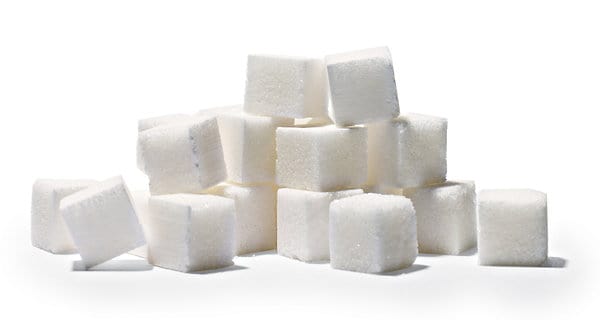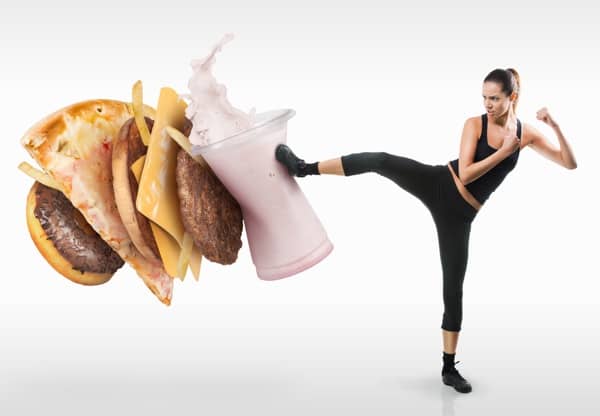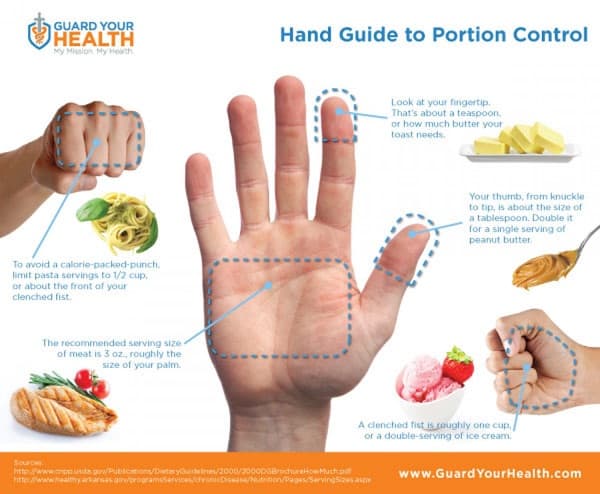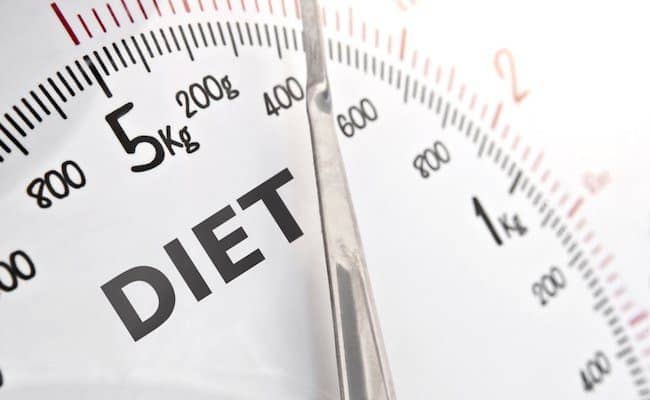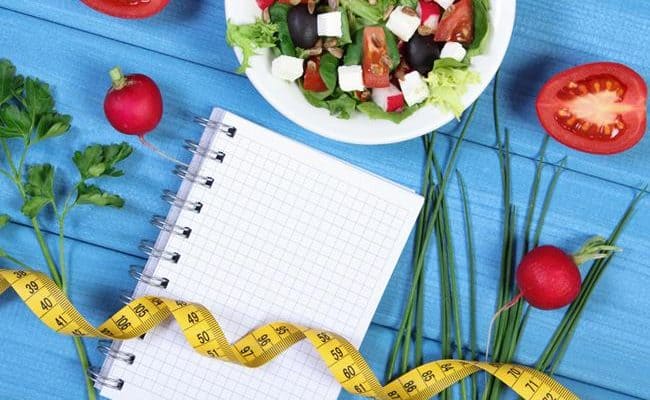
Trying to lose weight can seem intimidating and confusing of where to start. Some programs and diets make weight loss complicated, but it doesn’t have to be that way. There are some simple steps you can take; no matter what way you are trying to lose weight.
Follow these starting points to get yourself on the right track for healthy, sustainable weight loss.
Step 1: Track your food intake
Tracking food intake is not really for the purpose of gauging your total calorie intake as it is for observing food habits. Tracking your food intake even for a few days can raise awareness to what you are putting in your mouth and why.
Tracking food intake can make you honest with what you eat and can raise awareness to mindless eating and portion sizes. If you have a specific calorie goal, tracking your food intake can help with that too if necessary.
Step 2: Increase your movement
One of the most critical aspects of weight loss is to increase your calorie burn. Your body uses calories for many different things, but one of the biggest ways we can influence our calorie burn is to exercise.
If you are starting from doing no physical activity, aim for general health guideline suggestions for exercise: 30 minutes of moderate exercise about 5 days a week and 2-3 days of resistance training per week.
If you already exercise and are trying to lose additional weight, you will need to increase your time and/or vary your intensity for exercise.
See also: How much exercise to lose weight.
Another way to practically increase your movement is to find areas in your daily life you can get more movement. This could be something like taking the stairs instead of the elevator, parking far away from the store, etc.
Step 3 – Increase your fruits and vegetables
There are many varying theories and weight loss programs that emphasize a certain macronutrient distribution or a certain calorie amount. A common denominator that should be for any weight loss protocol is a high fruit and vegetable intake.
Fruits and vegetables are full of nutrients that can help keep you healthy at any time, especially during weight loss.
They are also high in fiber, which is beneficial during weight loss because they keep you full without packing on excess calories.
Step 4 – Cut out the sugar
This is an easy step that anyone can make when you are trying to lose weight. Most Americans get too much added sugar in the diet because sugar is a common additive in many processed foods.
Start reading food labels and see how much sugar is on everyday foods you eat. Try to buy foods that do not have added sugar in them and cut down on sugary foods like candy, sweets, soda, juice, sweetened tea, etc.
Liquid calories can really add up, and just eliminating them can really benefit weight loss.
Step 5 – Don’t bring the junk food home
Junk food can mean different things to different people depending on what your weakness is. This is an obvious point: whatever junk food is your weakness, don’t buy it. If you can’t resist cookies on the counter or potato chips in the pantry, don’t keep them in your house.
Try buying foods in their natural, unprocessed state instead of pre-packaged foods that are void of any nutritional value. Examples include fresh fruits, vegetables, whole grains, lean proteins, dairy, nuts, seeds and legumes.
Step 6 – Watch portion sizes
You don’t always have to feel like you are starving when you are trying to lose weight. Just simply cutting back on your portion sizes and filling up on high fiber foods can leave you satisfied but not stuffed during weight loss.
Something that can help keep portion sizes in healthy ranges is to portion food out from their containers. For example, instead of eating chips from the bag, put a handful of chips on a plate.
Research tells us that you probably won’t eat as many chips if you see the whole amount on the plate compared to reaching into a bag and not registering how much you’re eating.
When you are eating at meal times, cut back your portion sizes by a small amount. If you are still hungry, fill up on fruits and vegetables.
Wait at least 20 minutes before you get second helpings so your brain has time to register when you’re full.
Conclusion
Weight loss doesn’t have to be confusing; there are simple steps you can put into place even if you don’t know much about nutrition. First steps include watching your portion sizes and tracking your food so you get an idea of how much and when you are eating.
Instead of starving yourself, focus on fueling up with quality food like fruits, vegetables and avoiding added sugar and junk food.
Last but not least, a big component for weight loss is to increase your calorie expenditure through movement.
Get any extra movement you can whether through planned exercise or throughout your daily routine.


